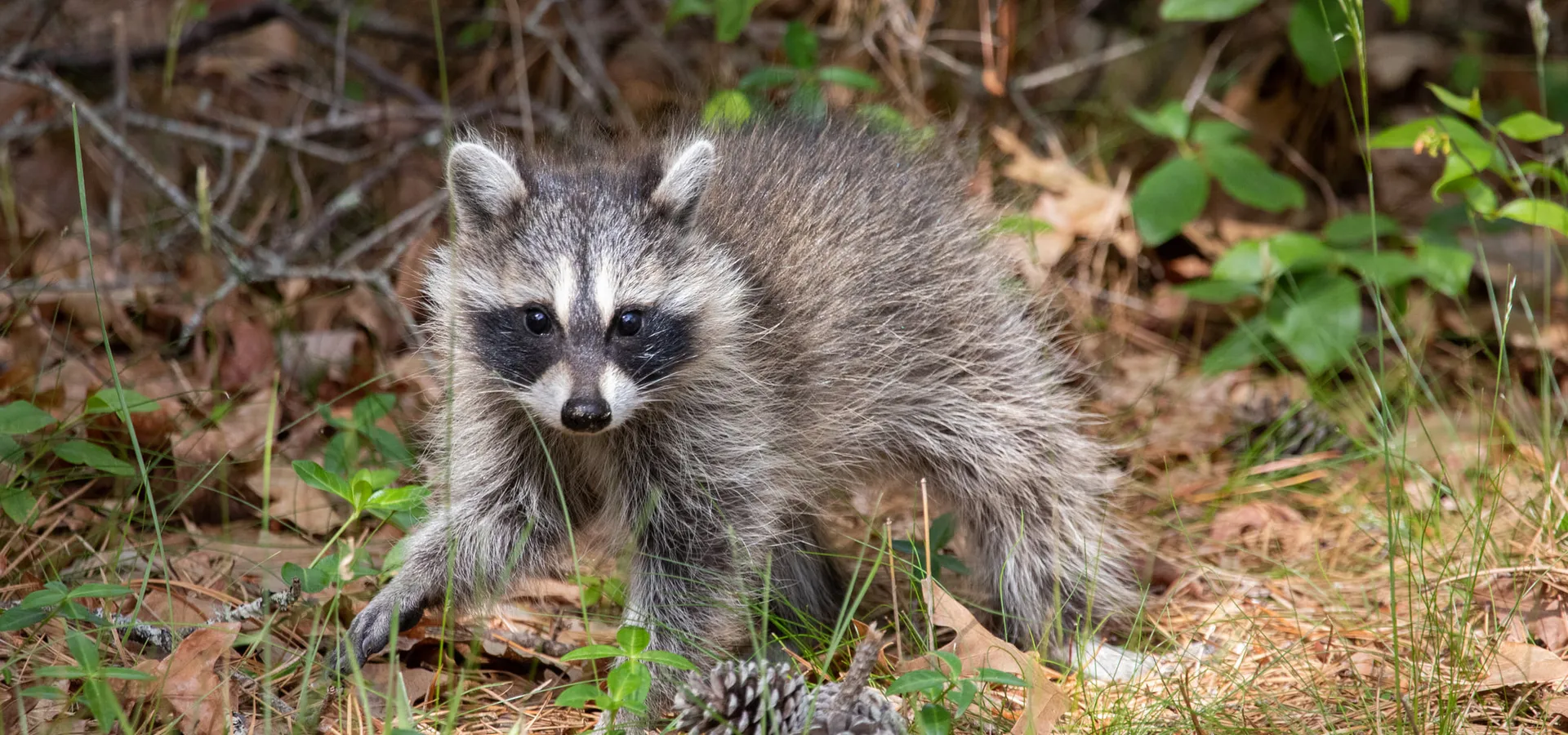Wreaking havoc on ecosystems
The environmental impacts of the exotic pet trade
are devastating and, in many cases, irreversible. Removing animals from
their natural habitat can have a detrimental effect not just on their native
ecosystems but also on the natural environments to which they are
transported.
Ransacking natureLack of
regulation and enforcement means that taking
animals from the wild for the exotic pet
trade is largely a
‘free-for-all’. Legal
restrictions that do exist for a small
proportion of species in trade are
formulated by assessing the wild populations
of those species. No account is taken,
however, of the wider impact of removing
animals from the wild, such
as the disruption of food chains
and effects on delicate
ecosystems. For instance,
many types of animals play a vital role as
seed dispersers – these are mainly
mammals and birds but also fruit-eating
reptiles and
amphibians.
|
Destruction of habitatDestructive
capture methods can damage the environment. For
instance, the majority of fish in the marine
aquaria trade are taken from coral reefs.
Fishing methods include the use of cyanide to
temporarily stun the fish and allow them to be
easily caught. It is estimated that for
every fish captured using cyanide, one square
metre of coral dies.
Reptile collectors can use crowbars and hydraulic jacks in order to break apart rocks to capture lizards. Such permanent damage to habitat can have a lasting impact on entire populations of lizards, as well as on other species such as small mammals and amphibians. |
Abandoned foreignersExotic pets are, by
definition, alien to the ecology of the country
in which they are sold. When some exotic pet
species escape, or are deliberately released,
they can establish wild populations and cause
serious problems. Such species are described as
invasive alien species (IAS). Where they lack
natural predators, populations of IAS can
quickly spread, out-compete native species and
alter food chains – ultimately they can
reduce the biodiversity of an
area.
The exotic pet trade plays a major role in the introduction of IAS. Several species have been banned from the pet trade including the Siberian chipmunk, raccoon, red-eared terrapin and American bullfrog. There are, however, many more species in the pet trade that have the potential to become invasive alien species. |
Deadly diseasesDiseases carried by exotic
pets can infect indigenous wildlife, captive and
domesticated animals and there are many examples
of this. The spread of highly infectious
psittacine beak and feather disease, which
affects both wild and captive birds, has been
linked to the international trade in pet
parrots. The importation of African tortoises
carrying ticks has caused the, often fatal,
heartwater disease in
cattle.
The most notable example, however, is the disease, chytridiomycosis. This infectious fungal disease has been spread around the globe with the help of the pet trade and has caused the decline or extinction of hundreds of amphibian species. |
What is APA doing to tackle these issues?
- We believe that wild animals belong in the wild - not in our homes. We are campaigning for greater restrictions on the exotic pet trade and for improved welfare for wild animals kept as pets. See more in our campaign section
- We are raising awareness via social media of the problems of keeping wild animals as pets. Follow us on Facebook and Twitter .
* Top banner image: The North
American raccoon (Procyon lotor) is classed as an
invasive alien species and is banned from the pet trade.




